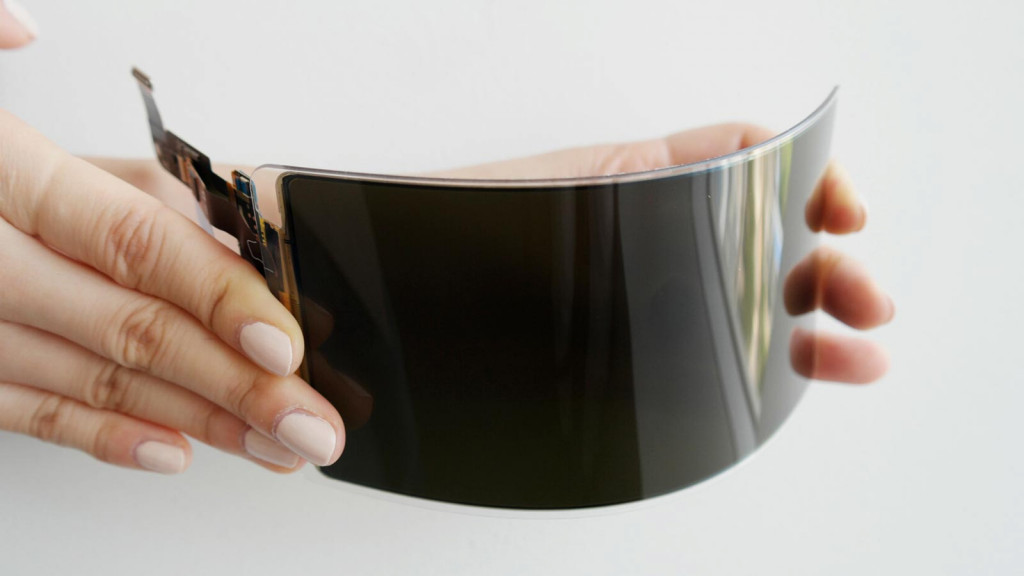The word “unbreakable” isn’t just reserved for an M. Night film, as it can now be applied to a smartphone screen.
Smartphones tend to take a lot of damage these days, and it’s next to impossible to go a day without seeing a cracked screen. It might be yours (we hope not), it might be from a friend, and if it’s neither, it’ll definitely be someone you see on the street or on public transport.
Cracked screens are everywhere, and while companies like Corning are attempting to do away with them thanks to the likes of the latest generation of its Gorilla Glass technology, the makers of the smartphones may have a more direct approach.
At least that’s what Samsung is trying with a new smartphone screen coming out of its display division, announcing an OLED panel that uses a flexible plastic layer that can’t be broken.
In fact, it’s so break resistant that in recent testing, it passed a real-time durability test capable of having it survive military requirements, dropping the screen from a height of 1.2 metres 26 times in succession. Despite this, it continued to work and showed no damage to the front or sides.
It’s a change from previous curved screen designs made from a more resistant material the OLEDs sit on with a plastic window sitting on top, with previous types of flexible displays using glass instead of plastic.
“The fortified plastic window is especially suitable for portable electronic devices not only because of its unbreakable characteristics, but also because of its lightweight, transmissivity, and hardness, which are all very similar to glass,” said Samsung Display’s Hojung Kim.
As for where and when you can expect this unbreakable screen, there’s a good chance that Samsung’s smartphones will see it first, possibly as early as the Galaxy Note 9 set for announcement next week, though more likely for next year’s Galaxy S10.
And smartphones are just the tip of the iceberg here, with this display technology possibly seeing use in other products, including tablets, portable gaming consoles, and cars.







